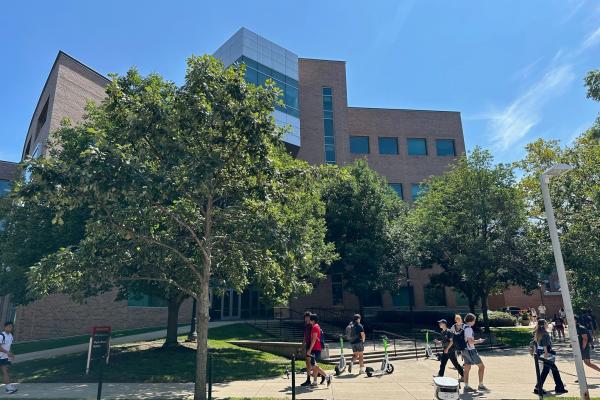
Dr. Inti Sodemann
University of Leipzig
Non-equilibrium quantum liquids of periodically driven fermions
Location: Zoom
Faculty Host: Nandini Trivedi
Abstract: When fermions are in equilibrium with a heat bath they occupy states according to the well-known Fermi-Dirac distribution. When the bath is very cold, this distribution displays a discontinuous jump defining the location of the Fermi surface. But how should fermions occupy states when they are driven away from equilibrium by a time dependent periodic force? would their occupation still have sharp jumps? or would the periodic drive simply heat them up and smear their fermi surfaces?
Recent investigations have revealed that the non-equilibrium steady states of periodically driven fermions can retain sharp fermi surfaces and remain much more quantum than previously anticipated. Interestingly, the non-equilibrium steady states of fermions can be very different in a grand-canonical setting where the system exchanges particles and energy with the bath (i.e. fermions coupled to a fermionic bath) and a canonical setting where the system only exchanges energy with the bath (i.e. fermions coupled to a bosonic bath). In the grand-canonical setting there is a non-equilibrium fermi-liquid-like steady state with an occupation that displays multiple jumps resembling a staircase shape, and therefore features multiple non-equilibrium fermi surfaces. In contrast, in the canonical setting there is a non-equilibrium non-fermi-liquid steady state where the occupation does not have jumps but rather multiple sharp kinks, which, remarkably, remain sharp even when the bath is at finite temperature. Some of the platforms and regimes to realize experimentally these states are readily accessible, and include ultra-clean and cold two-dimensional metallic systems such as Gallium arsenide hetero-structures or graphene irradiated with microwaves.
